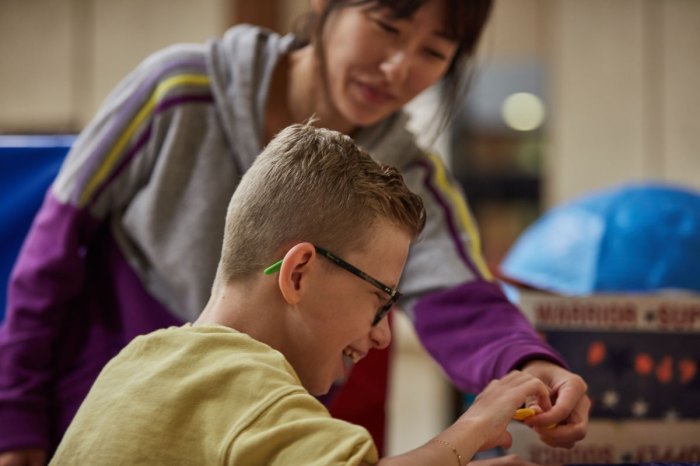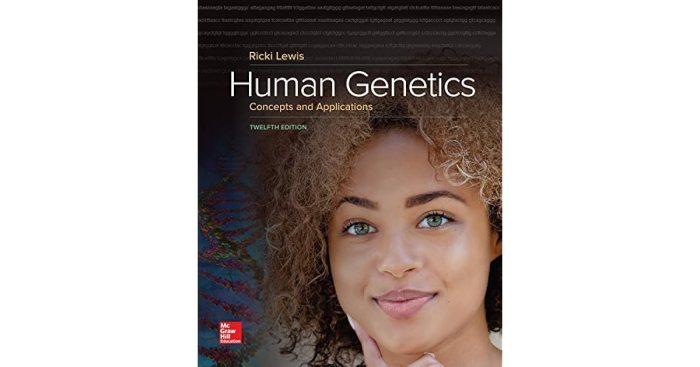Motor learning and control concepts and applications 12th edition – Motor Learning and Control Concepts and Applications, 12th Edition, presents a comprehensive overview of the field, covering the fundamental principles, theories, and applications of motor learning and control. This authoritative text provides a deep understanding of the mechanisms underlying motor skill acquisition, retention, and performance, with a focus on the practical implications for improving human movement.
Throughout the book, readers will explore the latest research and advancements in motor learning and control, gaining insights into the neural, cognitive, and biomechanical factors that shape motor behavior. The text emphasizes the importance of motor learning and control in various fields, including sports, rehabilitation, ergonomics, and human-computer interaction.
Introduction: Motor Learning And Control Concepts And Applications 12th Edition

Motor learning and control refer to the processes involved in acquiring, refining, and controlling skilled movements. It encompasses the study of how the nervous system plans, executes, and adjusts movements based on sensory feedback and internal representations of the body and environment.
Motor learning and control play a crucial role in various fields, including:
- Sports and physical activity:Optimizing performance and reducing injury risk
- Rehabilitation and physical therapy:Restoring motor function after injury or illness
- Ergonomics and human factors:Designing workplaces and products that promote efficient and safe movement
- Robotics and artificial intelligence:Developing robots and machines that can perform complex motor tasks
Principles of Motor Learning and Control
Basic principles:
- Specificity:Learning is specific to the task being practiced.
- Feedback:Sensory information is essential for refining and adjusting movements.
- Variability:Practice in different contexts and with varying conditions enhances learning.
- Cognitive involvement:Attention, planning, and decision-making contribute to motor learning.
Role of feedback:
- Intrinsic feedback:Sensory information from muscles, joints, and vestibular system
- Extrinsic feedback:Visual, auditory, or tactile information from the environment
- Feedback loop:Error detection and correction based on feedback
Theories of motor learning and control:
- Schema theory:Movements are represented as generalized motor programs
- Dynamic systems theory:Movements emerge from the interaction of multiple factors, including neural, musculoskeletal, and environmental
- Optimal control theory:Movements are planned and executed to minimize error
Applications of Motor Learning and Control
Examples:
- Sports training:Enhancing performance in specific sports through skill acquisition and refinement
- Physical rehabilitation:Restoring motor function after stroke, spinal cord injury, or other neurological conditions
- Ergonomic design:Creating workplaces and products that promote efficient and safe movement, reducing musculoskeletal disorders
- Prosthetics and assistive devices:Designing and controlling devices that restore or enhance motor function in individuals with disabilities
- Virtual reality:Providing immersive environments for motor learning and rehabilitation
Potential applications:
- Personalized medicine:Tailoring motor rehabilitation programs based on individual learning profiles
- Neurorehabilitation:Developing innovative therapies for neurological disorders that affect motor control
- Human-machine interfaces:Designing systems that allow humans to interact with machines more naturally and efficiently
- Robotics:Creating robots that can perform complex tasks and navigate dynamic environments
Improving human performance:
- Cognitive enhancement:Motor learning can improve cognitive functions such as attention, planning, and decision-making
- Physical health:Regular physical activity promotes motor learning and enhances overall physical well-being
- Quality of life:Motor learning and control contribute to independence, self-efficacy, and social participation
Methods for Studying Motor Learning and Control

Behavioral methods:
- Kinematic analysis:Measuring joint angles, velocities, and accelerations
- Electromyography (EMG):Recording muscle activity
- Transcranial magnetic stimulation (TMS):Non-invasively stimulating specific brain areas
Neuroimaging methods:
- Functional magnetic resonance imaging (fMRI):Measuring brain activity during motor tasks
- Electroencephalography (EEG):Recording brain electrical activity
- Magnetoencephalography (MEG):Measuring brain magnetic activity
Computational methods:
- Modeling:Developing mathematical models to simulate motor learning and control
- Machine learning:Using algorithms to analyze large datasets and identify patterns
- Virtual reality:Creating immersive environments for studying motor learning and control
Current Research in Motor Learning and Control

State of research:
- Neural mechanisms:Investigating the brain areas and neural circuits involved in motor learning and control
- Cognitive processes:Exploring the role of attention, planning, and decision-making in motor learning
- Motor development:Understanding how motor skills develop throughout the lifespan
- Clinical applications:Developing new interventions for motor rehabilitation and improving outcomes
- Emerging technologies:Leveraging virtual reality, robotics, and machine learning to advance motor learning research
Key challenges:
- Bridging the gap between basic research and clinical applications
- Developing personalized interventions based on individual learning profiles
- Understanding the neural mechanisms underlying complex motor skills
- Integrating motor learning and control with other cognitive and perceptual processes
Opportunities:
- Translational research:Applying research findings to develop new treatments and technologies
- Interdisciplinary collaboration:Combining expertise from neuroscience, psychology, engineering, and medicine
- Advancements in technology:Utilizing virtual reality, robotics, and machine learning to enhance research and applications
- Global health impact:Addressing motor impairments and improving motor function worldwide
Quick FAQs
What is motor learning?
Motor learning refers to the process of acquiring and refining motor skills through practice and experience.
What is motor control?
Motor control involves the neural, cognitive, and biomechanical processes that enable us to plan, execute, and adjust our movements.
Why is motor learning and control important?
Motor learning and control are essential for a wide range of activities, from everyday tasks to athletic performance and rehabilitation.
What are the different types of motor learning?
Motor learning can be classified into implicit learning, which occurs unconsciously through repeated practice, and explicit learning, which involves conscious effort and knowledge of the movement.
How can motor learning and control be improved?
Motor learning and control can be improved through practice, feedback, and cognitive strategies such as mental imagery and attentional focus.